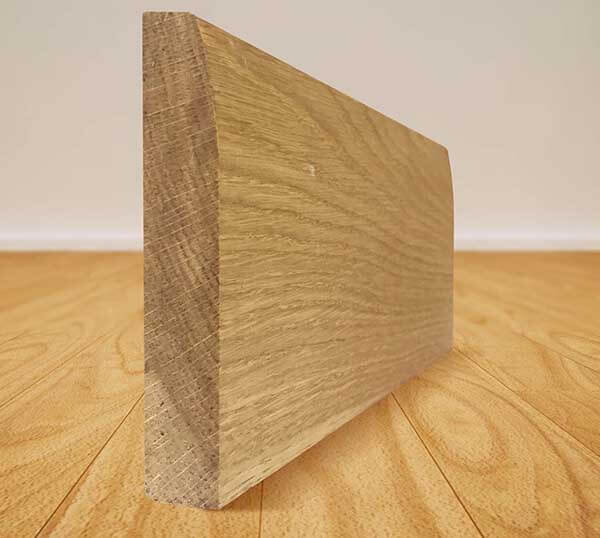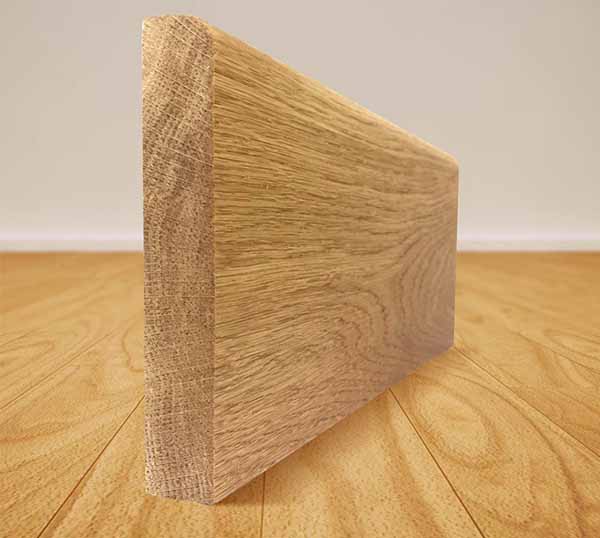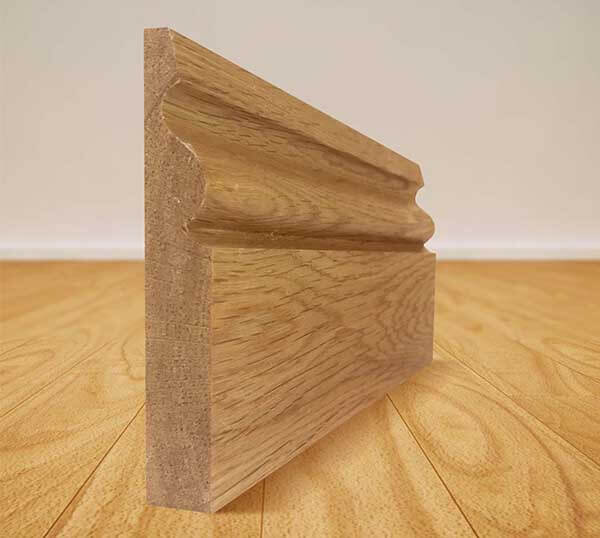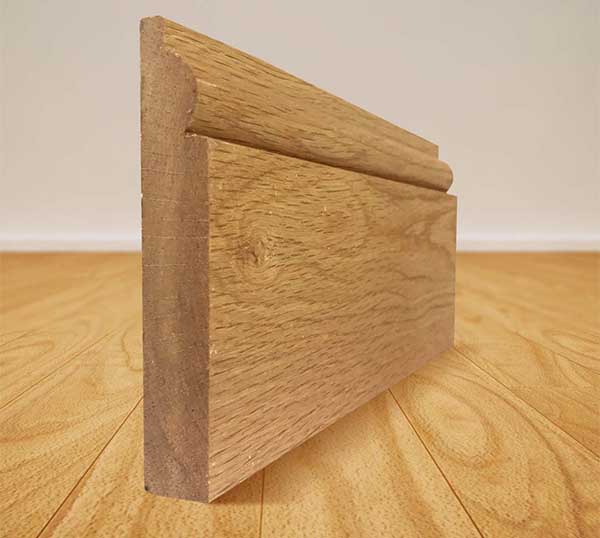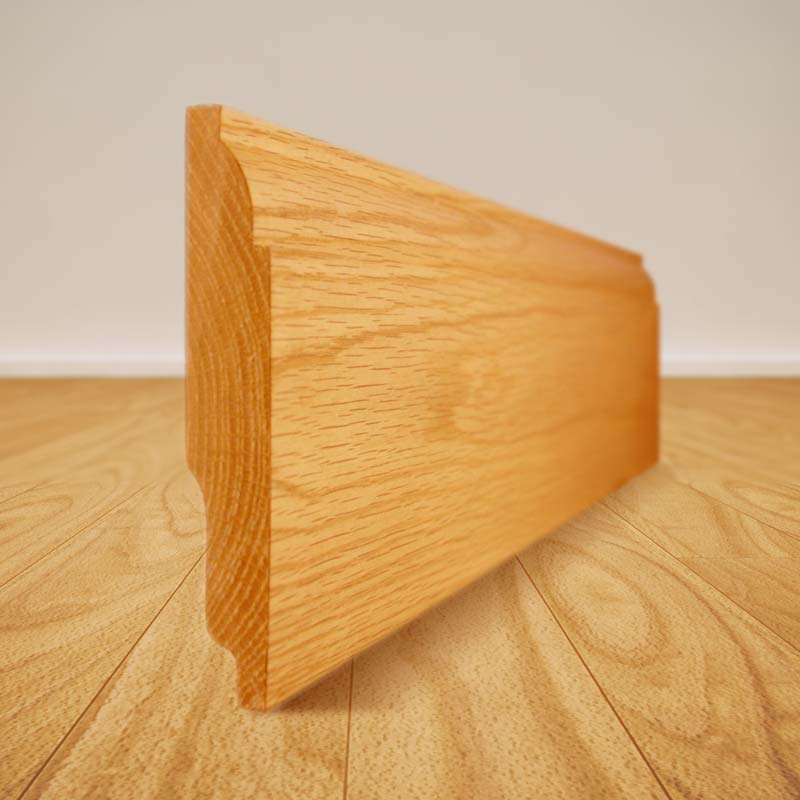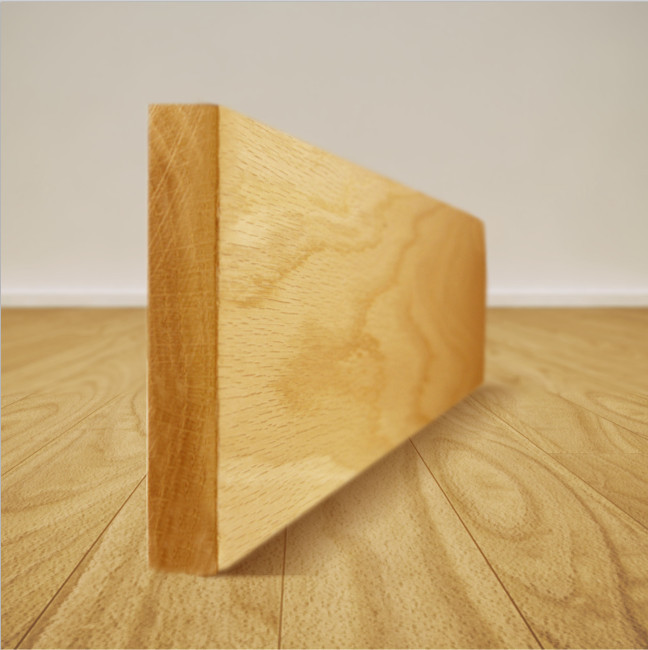How to fit oak skirting boards in a curved bay window
Key Takeaways
| Aspect | Details |
|---|---|
| Difficulty | High - requires skill and patience |
| Main Challenges | Wood tendency to crack and split when bent |
| Methods | Kerf Cut, Water and Jig Method |
| Time Required | Up to a week for best results |
| Key Consideration | Gradual bending to avoid breakage |
Key Elements of Fitting Oak Skirting in Curved Bay Windows
- Understanding wood properties and limitations
- Choosing the right bending method
- Proper preparation and tools
- Patience in the bending process
- Careful installation to avoid last-minute breakage
Fitting skirting boards into a curved bay window is one of the more challenging woodworking tasks, especially with hardwoods like oak. Let's explore the methods and tips to successfully accomplish this task.
Understanding the Challenge
The structure of wood, particularly its grain, gives it beautiful natural finishes but also makes it prone to cracking when bent. This challenge is especially evident when fitting oak skirting boards into curved bay windows. The novice DIYer might find themselves losing several skirting boards before realising that a special technique is required.
Methods for Bending Oak Skirting Boards
1. The Kerf Cut Method
This technique involves making small cuts on the inside face of the board to allow for compression when bent.
- Use a circular saw for accuracy
- Make cuts from top to bottom, no deeper than 2/3 of the board's depth
- Space cuts about 25mm apart
- Gaps should close up when fitted into the bay corner
- A veneer can be added over the top for a smoother finish
**Note**: This method requires skill and can easily result in a messy appearance if not done correctly.
2. The Water and Jig Method
This gradual bending technique is more suitable for less experienced DIYers but requires time and patience.
Steps:
- Construct a jig to hold the skirting board in a curved position
- Wet the board daily
- Gradually increase the curve in the jig over about a week
- The board should retain enough curve when released from the jig
**Tip**: Be careful to aim for a 'C' formation curve rather than a 'V' shape.
Creating a Simple Jig
A basic jig can be created using bricks:
- Place two bricks at either end of the skirting board
- Put two bricks in the middle on top of the board
- This setup weights down the board in the middle, creating a gentle curve
- Gradually raise the height of the end bricks as days progress
**Caution**: Be careful not to create a 'V' shape instead of a 'C' shape, as this won't fit the bay corner well.
Installation Tips
- Have a helper when fitting the board to ensure a gentle, even curve
- Offer up the board carefully to avoid breaking it at the final stage
- Take your time during installation - patience is key to avoid wasting a week's work
Conclusion
Fitting oak skirting boards in a curved bay window is a challenging task that requires patience, skill, and the right technique. Whether you choose the Kerf Cut method or the Water and Jig method, take your time and be prepared for some trial and error. The result, when done correctly, will be a beautifully finished bay window that showcases your woodworking skills.



